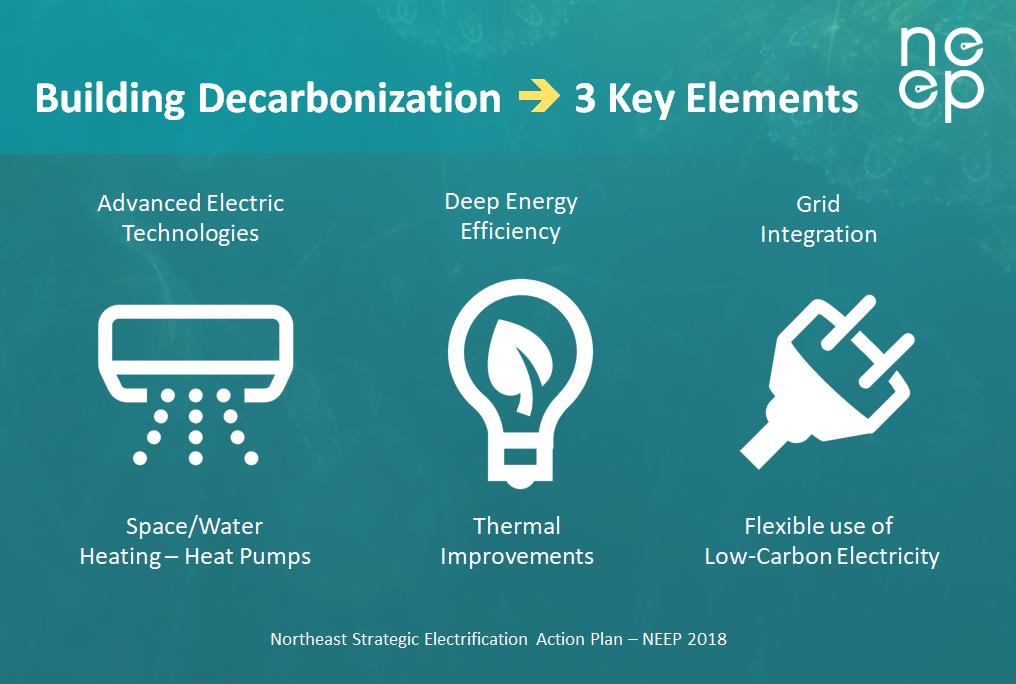

By Andrew Winslow | Wed, April 1, 20
Welcome to the latest REED Rendering issue, a series of blogs where we bring your attention to interesting trends that we see in the data and the stories behind those trends.
Here in Lexington, Massachusetts, we can feel the changing seasons. Spring has arrived! This spring also marks changes to the Regional Energy Efficiency Database (REED). In 2019, NEEP performed an extensive review of the database. We examined its functionality, how it is used, and its relevance in the current energy efficiency environment. NEEP is excited to announce that, after much consideration internally and with our stakeholders, we will be retiring the public-facing database in favor of a new model for tracking energy efficiency program data and making it publicly available.
For those unfamiliar with REED, it’s a repository of annual energy efficiency program data from 10 jurisdictions in the NEEP region that NEEP has been collecting and making available since 2011. REED data is a unique resource that allows users to track EE program impacts against state goals, compare impacts across states, and inform program design.
Tracking energy efficiency program data is more important now than ever as states see energy efficiency as a key tool to help achieve their carbon reduction policy goals. So why are we shifting away from the original REED model? Simply put, REED has a limited scope and needs to evolve to adequately capture recent developments in the energy efficiency world in order to remain relevant. New metrics are being used to track program progress, and demand-side resources and programs have evolved beyond the traditional energy efficiency programs REED captures. Furthermore, REED’s user interface is outdated compared with other publicly-available online resources for visualizing energy data, such as EIA’s State Energy Portal and the New York State Clean Energy Dashboard. If you haven’t already visited these sites, I highly recommend that you do!
Starting in April, energy efficiency program data will no longer be available via the REED website. The data will still be made publicly available by request (email REED Manager Cecily McChalicher), and we hope to take a more hands on approach to helping individuals review and analyze the data for their specific projects. Additionally, NEEP will begin to collect an expanded array of demand-side resource data (including data from energy storage, peak demand reduction, and electrification programs) and grow its data analysis and reporting beyond current resources like the REED Rendering series and Annual Energy Efficiency Snapshot.

NEEP is also excited to start the process of developing a consistent methodology for an all-fuels energy savings metric that is comparable across states (for more information on all-fuel metrics, see REED Rendering #15). Furthermore, NEEP will be using new analysis tools such as Geographic Information System (GIS) Mapping to further explore geographical aspects of demand-side programs. These plans will be further developed and shared throughout the next year. In the near term, NEEP is collecting a new year of typical REED energy efficiency program data (for program year 2018), which will be available upon request later this spring.
NEEP is excited to expand our data collection and analysis efforts beyond REED to provide a broader, better picture of energy efficiency and demand-side programs and how they relate to decarbonization efforts as a whole. It will take time for this transition to be fully complete, and we will provide updates as the year progresses.
